Bookings
Prices are per room per night. Air conditioner usage is included in price. There are no fixed dates. You can choose the dates of arrival and departure. Send us an email to see if there is any discount for periods longer than two weeks.
Overnight stay tax is not included in prices.
Deposit of 30% of total price of the reservation is required to confirm a booking. The remaining balance will be paid first day upon arrival. If a guest arrives after the arrival date of the reservation or if he leaves before the departure date of the reservation, property owner keeps the right to charge the total price of the reservation. If cancelled up to 21 days before the date of arrival, deposit will be refunded, less administrative fee which in most cases is 35€ but could be more (depending on bank). If cancelled later, or in case of no-show, deposit will not be refunded.
**If the deposit refund is possible, the guest will cover the sending costs. The amount of the costs depends on the chosen sending method and the bank. The average refund time after cancellation is three weeks.Description
Author of the text: Bratislav Najdanović
We've been planning many things for years. We'll see this and we'll see that, but what we had in mind (for years) is to visit Kavala!
This year, at last, we made time for this adventure. Greek Monte Carlo and Hollywood - little Thessaloniki ... a place that crawls deep under your skin.
The new city, or Neapolis, was founded by colonists from Thassos in the 7th century BC. The Holy Apostle Paul disembarked here on the European soil in order to Christianize the population (the first Christian on the European soil, Saint Lydia, was baptized in the town of Saint Lydia, 15 km from Kavala). For this reason, the city was once given the name Christoupolis..
In the year 350 BC, Philip II provides protection to the local population and the city becomes the main port of Philippi. Then Neapolis (Kavala) begins to grow. Alexander the Great continued to work on the prosperity of the city, so that, after his death, many armies crossed their spears in this area. We primarily refer to the conflict between the armies of Brutus and Octavian that indicated the collapse of the Roman Empire. Byzantium in this city ceased to exist when the Turks overran it. Neapolis was rebuilt by the Ottomans in 1500 BC under the name Kavala. A large aqueduct (that still dominates the city) is being built under the command of Suleiman the Magnificent in 1530.
Mohamed Ali Pasha was born in this city in 1769 (buried in 1849 at the Alabaster Mosque in Cairo). Mohamed Ali is considered to be the father of modern Egypt because of the economic and social changes he has made in that country during the half-century rule. A tax official, a tobacco trader, a soldier in the Albanian army who fought Napoleon in Egypt, the self-proclaimed pasha who was named the governor of Egypt by the Sultan, was a skillful ruler. He modernized Egypt and restored its well-being, which hasn't been seen for centuries. Together with his eldest son, Ibrahim Pasha, a very skilled military leader, he conquered Sudan, Greece, and Syria, and he also succeeded in obtaining the hereditary title of pasha from Britain and France. He built the largest Imaret in the Mediterranean. As an interesting fact, we must state that he spent his childhood in Thassos - in the village of Rachoni. After 1850, Kavala became the largest tobacco processing and export center. The next 50 years are called the "golden era of Kavala" and the city is called "Mecca of tobacco". Kavala was liberated from Turkish slavery in 1913 and becomes an integral part of Greece.
After the exchange of population from Turkey, about 25,000 Greek refugees are moving into this area, so that after the Second World War, Kavala becomes the second most important industrial center. Nowadays, the wood industry, exploration of oil and natural gas, and especially fishing (the third in Greece and among the best in Europe) are the most represented. Many celebrities were born in this city ... musicians (Despoina Vandi, Nikos Vertis, Vasilis Karas), athletes (Anna Verouli, Theodoros Zagorakis, Sofoklis Schortsiantis), poets (Vassilis Vassilikos, Giorgios Heimonas), actors, politicians ... These are some of the facts that you can find and read, but let's see what of all this can be useful to us.
When you leave Thassos and arrive by ferry from Prinos to the port of Saint Paul in Kavala, everything is within hand's reach! March route is very simple: - 15 minutes to the left to the archaeological museum (there, along the road, is a market on Saturdays) - 15 minutes uphill (little to the left) to the museum of tobacco - 15 minutes (uphill, then left) to the city museum and (right) to the aqueduct - 15 minutes (all the way to the right) to the old town and Mohamed Ali's shelter, the acropolis, the Halil-beg's Mosque, the Imaret ...
"15 minutes" city, but not everything can be seen in just 15 minutes!
Make time for Kavala!
My father had a great saying: "First go to the market to see where you are!" Daddy, let's go! Of course, the first thing is the market in Kavala. Every Saturday a lot of people is gathered here on the market. Those who sell are loud, the ones they buy are in the advantage - they can choose. We are only passers-by, but we are watching. There is everything ... We did not visit the Archaeological Museum since we already were in Philippa, Lydia, Amphipolis and in the museum in Limenas, which has the largest collection of items from this area.
We go on and "baptize" the streets ... to the right and uphill. We do not know where we are, but we ask. Tobacco museum ... here it is right across the street in an "ordinary building" - imperceptible. The entrance is free, and you can see a lot of things. The Golden Age of Kavala. From manufacturing to prosperity and downfall... Today only building. A museum in which tools, photographs and other archival materials are exposed, testifying to the time of the "eastern tobacco".
One street back - just straight, then downhill... and there is a town house, and below it a monument and a park. A monument that could (at this time of the crisis) be presented with a pair of shoes, but nevertheless it's Nike - the goddess of victory. Through the park you arrive to the post office and the building of the City Museum is located to the left, in the square of Kapnergati, where the nautical museum is also located. A rich collection of marine artifacts leaves you breathless. In a pleasant conversation with the gentleman from the museum, we find out that they are searching for larger space because they have many more items to show. The new museum building should be built in the old port. Most of the items are donations by Mr. Timotheos Kakalis and the company "Harland & Wolf", the owner Titanic. The largest nautical museum in this part of Europe, and the entrance is free.
Next we are walking through the streets and alleys that we can not describe. A real cosmopolitan city needs to be experienced. How else can you describe entering a street full of taverns and restaurants where you can not even hear your thoughts. Such noise should be created. Mass of people (both old and young) and everyone is talking!!! We do not know how the bees are feeling, but this is just buzzing and buzzing ... young people in the middle, and older people (with bags) on the side - and, as a rule, sitting on chairs towards the middle, so those in the front, along the passage, are free ... watching who's passing by! Here we reach the church of St. Nicholas behind whose walls a monumental mosaic was made dedicated to the Apostle Paul and his arrival on the European soil. Here we realize that the exception is the rule. This was once the Ibrahim Pasha's Mosque (son of Mohamed Ali) ... but ... minarets in this city do not exist! Either a belfry is built in their place, or a large flowerpot is placed. The undeniable traces of the history have been preserved, but some of them have been turned into a hotel ... or a cafe ... but they are there. You will not see a road sign for Istanbul here ... there are signs, but the destination is Constantinople.
Above the church, on the left, the aqueduct is visible - Kamares. 60 apsis - total length 280 meters. It's really great and nice ... Below the aqueduct, Amphipolis Lion (much smaller than the original). Researchers (me) of course have to see something more than a simple panorama ... let's go see where it all starts. Through some paths, among some little houses, we go to the place where this colossal building is. We take photographs, make videos, and that's it. It's fenced so you can not go to Kamares. They could just make a corridor to the acropolis through this building - the whole Kavala would be under your feet!
We are going downhill and beneath the back arc we head to the old city - Panagia. The path is long, but all the way you can see the aqueduct behind you. You pass the old walls and enter the densely populated area. Houses are lined to the main gate of the acropolis. Entrance is 2,5 € but it's worth it. Below is an amphitheater, and to the left, entrance to the area where the powder mill (later the prison) was located, a water tank and a house for guard, but the main thing is the tower! You take the narrow stairs to climb to the top ... to the top of Kavala! Whole city is visible, as well as Thassos, Samothrace ... the real watchtower of the soul.
We go down the narrow streets to the Halil-beg's mosque (there is no minaret), and the Imaret that is built on the remains of the sanctuary of God Parthenos from the 7th century BC (today a luxury hotel-museum), Mohamed Ali's shelter, the Church of the Dormition of the Blessed Virgin Mary and on the Panagia cliff - to an old lighthouse. Downhill, towards the port, we pass next to the building of the fifth Kavala Gymnasium, and my attention is drawn to the board at the entrance - "TORTURE HOUSE- in this building the Greek patriots were detained and tortured during the Bulgarian fascist occupation (1941-1944)".
We arrive at the port and thus we "closed the circle". We were really caught up with this unexpected experience. We need to draw your attention to think about your stomach. It is Saturday, and fast-food works only until 3:00, 4:00 pm ... gyros is made after 6:00 pm, so - pack some sandwiches, or wait until noon!!!
You should plan this trip to be on Saturday (because of the market) and prepare your feet for the road. The Ferry from Prinos departures at 7:15 am. The trip takes an hour and fifteen minutes, and then return with the ferry at 4:15 pm (maybe later). The ticket is 4.7 € per person in one direction, but it's worth it! Make time for Kavala!
If you still want to spend longer in Kavala, see the accommodation offer HERE.
Follow us on social media and stay up to date with everything you are interested in about Greece!
Facebook:Nikana.gr
Instagram: @nikana.gr
Tiktok: nikana.gr
Facebook group: Live from Greece
YouTube kanal @NikanaTravel
Send us your question by mail to: nikana@nikana.gr
We strive to be as accurate as possible in the description of accommodation, but we cannot guarantee that all descriptions are complete and error free.
Glossary of terms
Description by the owner is a description provided by property owner. Properties with owner's descriptions only are objects which we have not seen personally. For additional information on accommodation please ask in comments or contact us via email nikana@nikana.gr
Room type
- plain room, without kitchen
- with kitchen, unique space, without separated bedroom
- with one separate bedroom
- multiple separate bedrooms
- inside camp
- inside camp
Reservation type
- Bed and Breakfast
- Half Board - bed, breakfast and one more meal per day (lunch or dinner)
- Full Board - bed, breakfast, lunch and dinner
- All Inclusive - full board with additional benefits, depending on a hotel

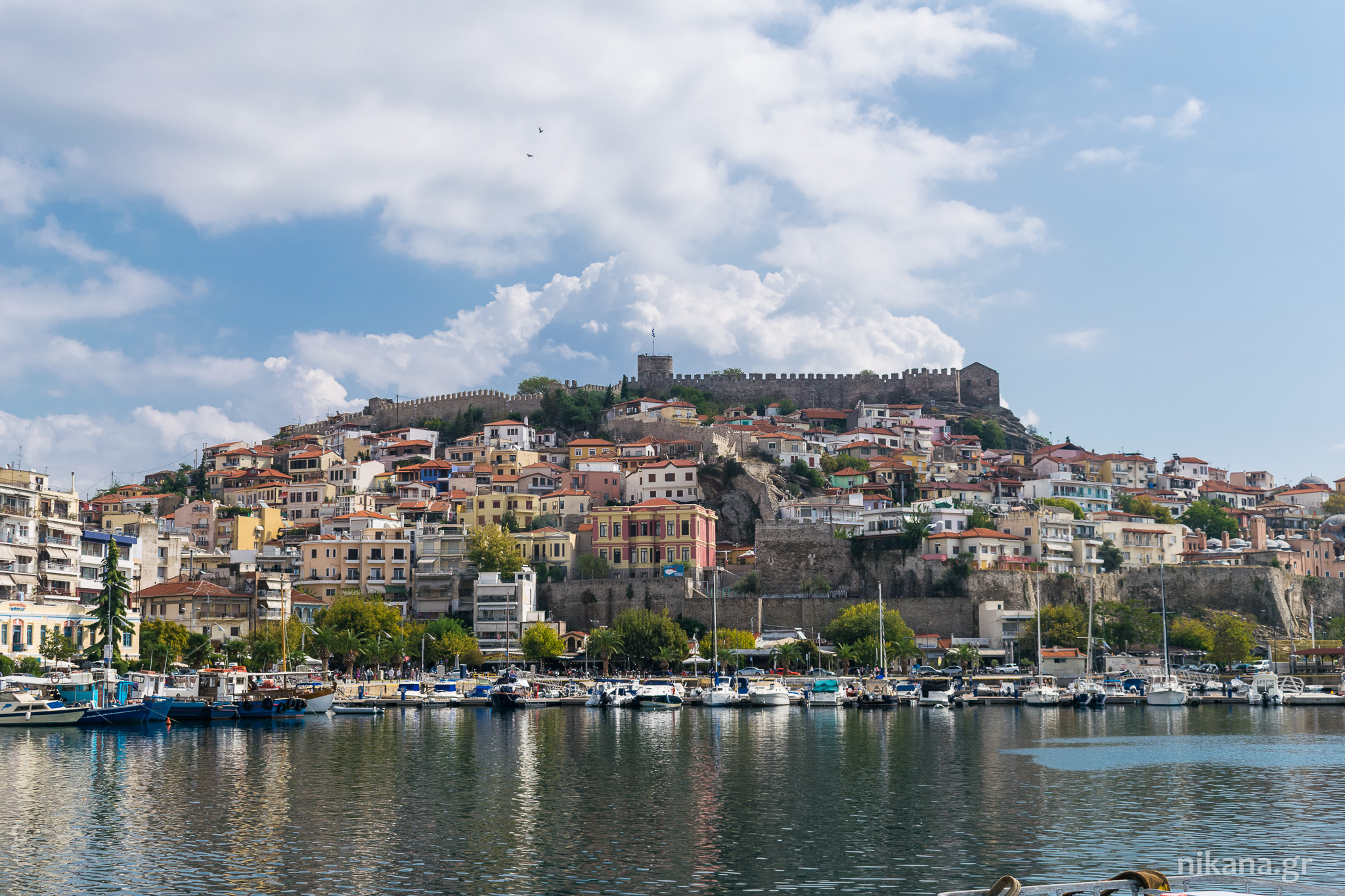
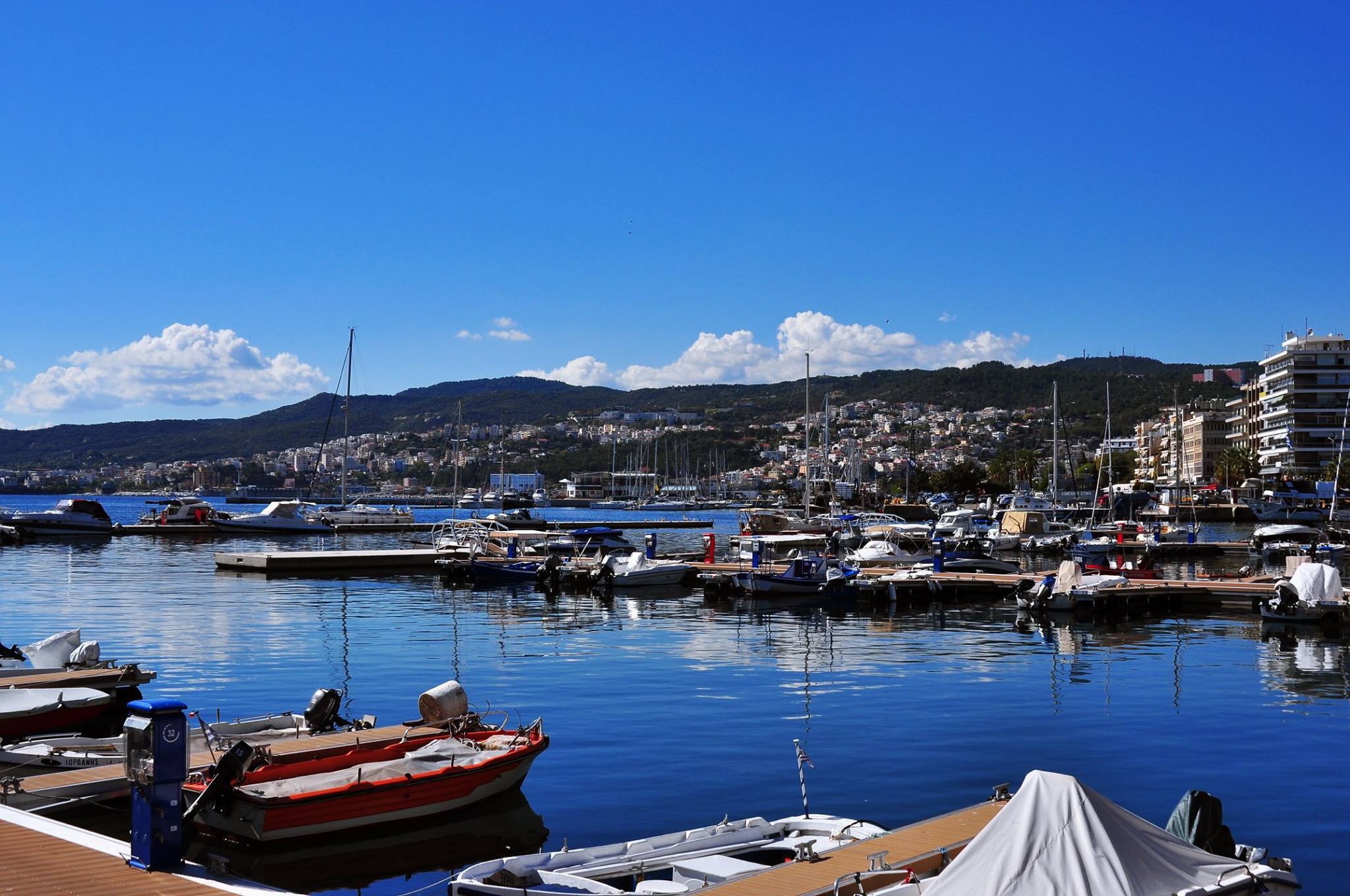
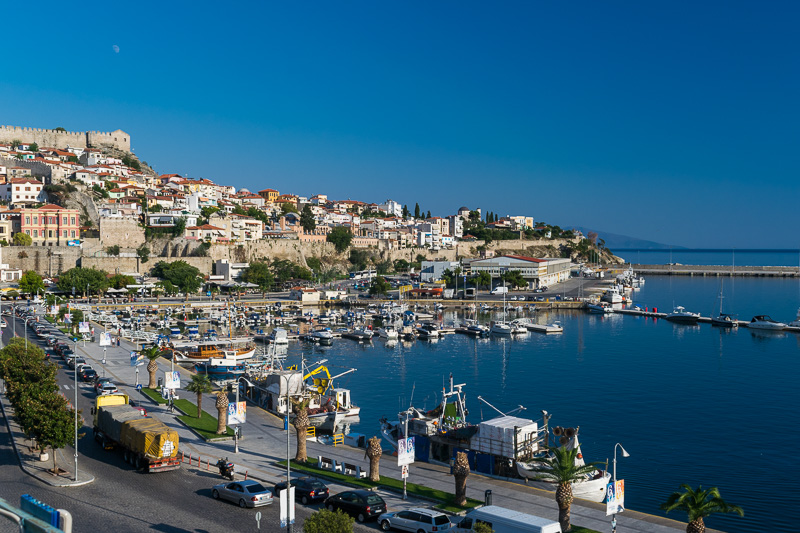
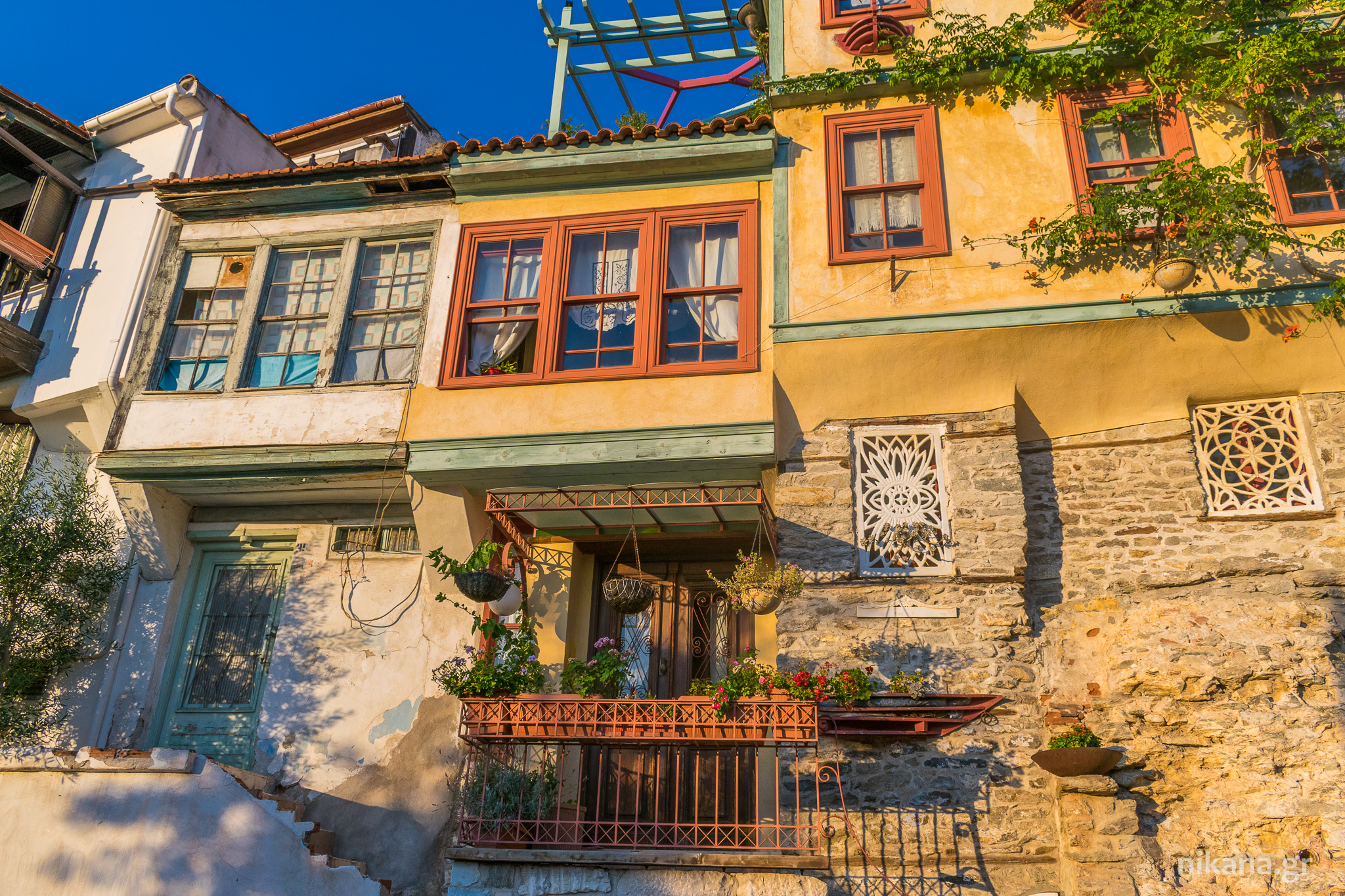
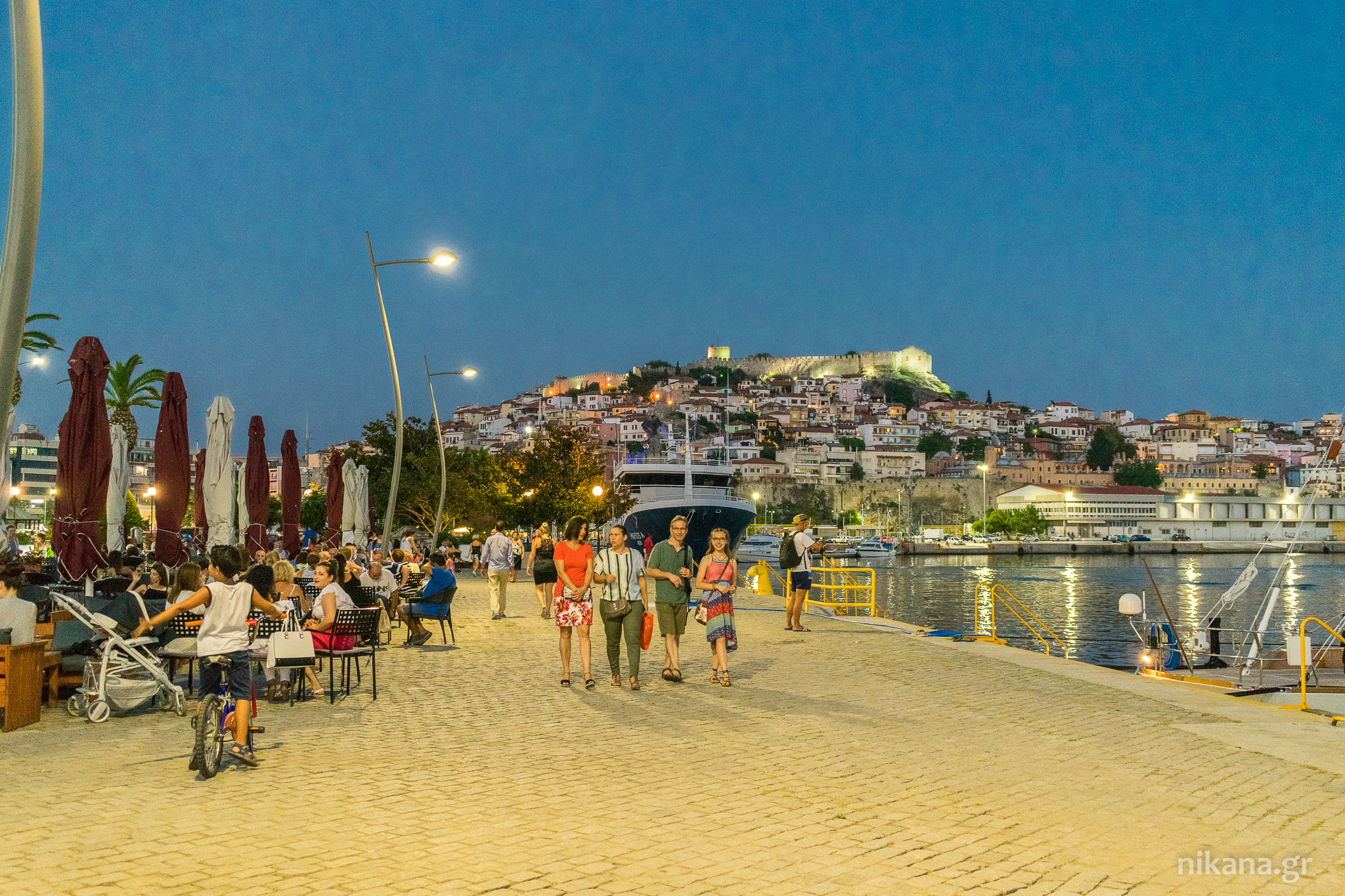
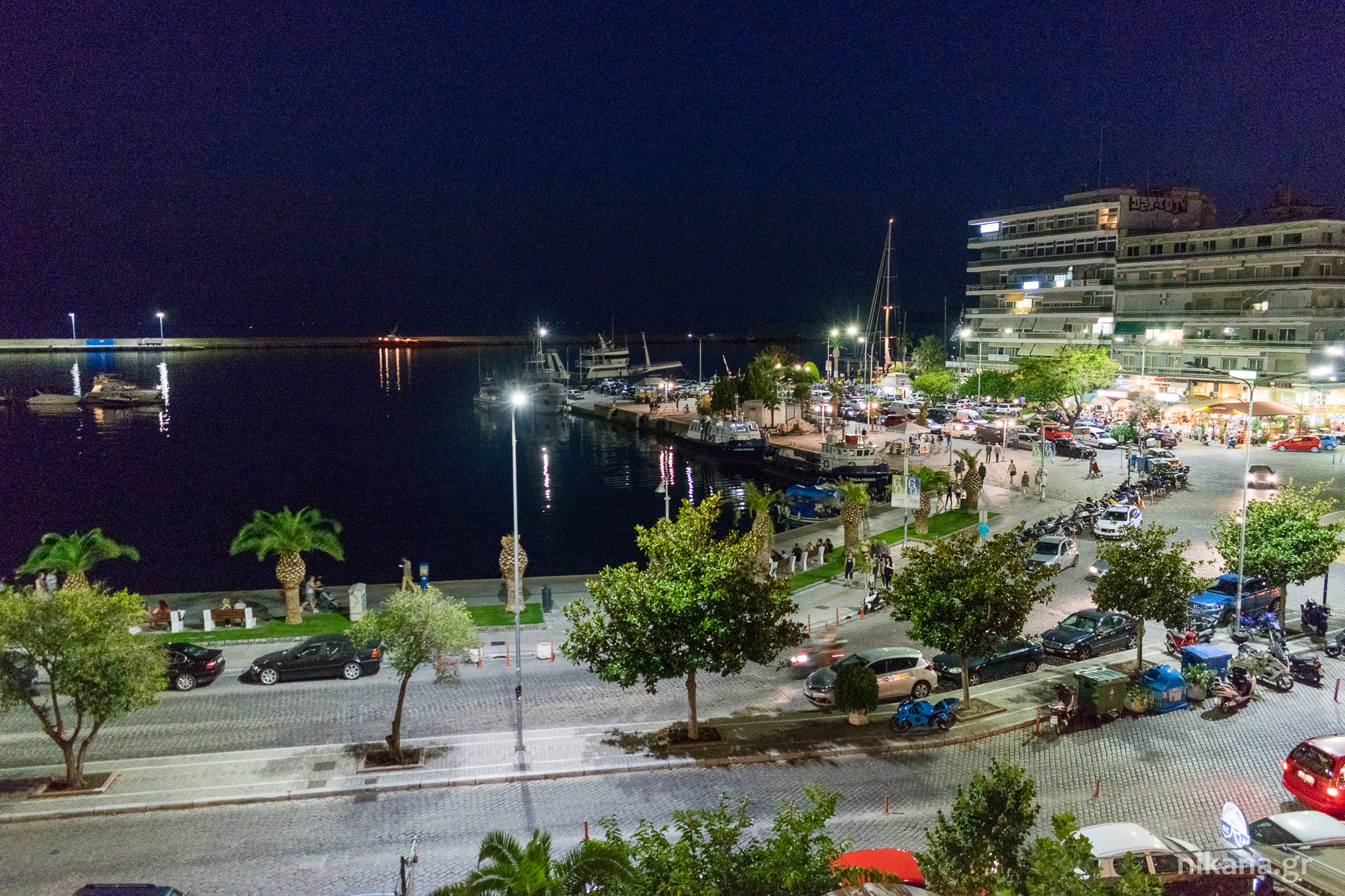
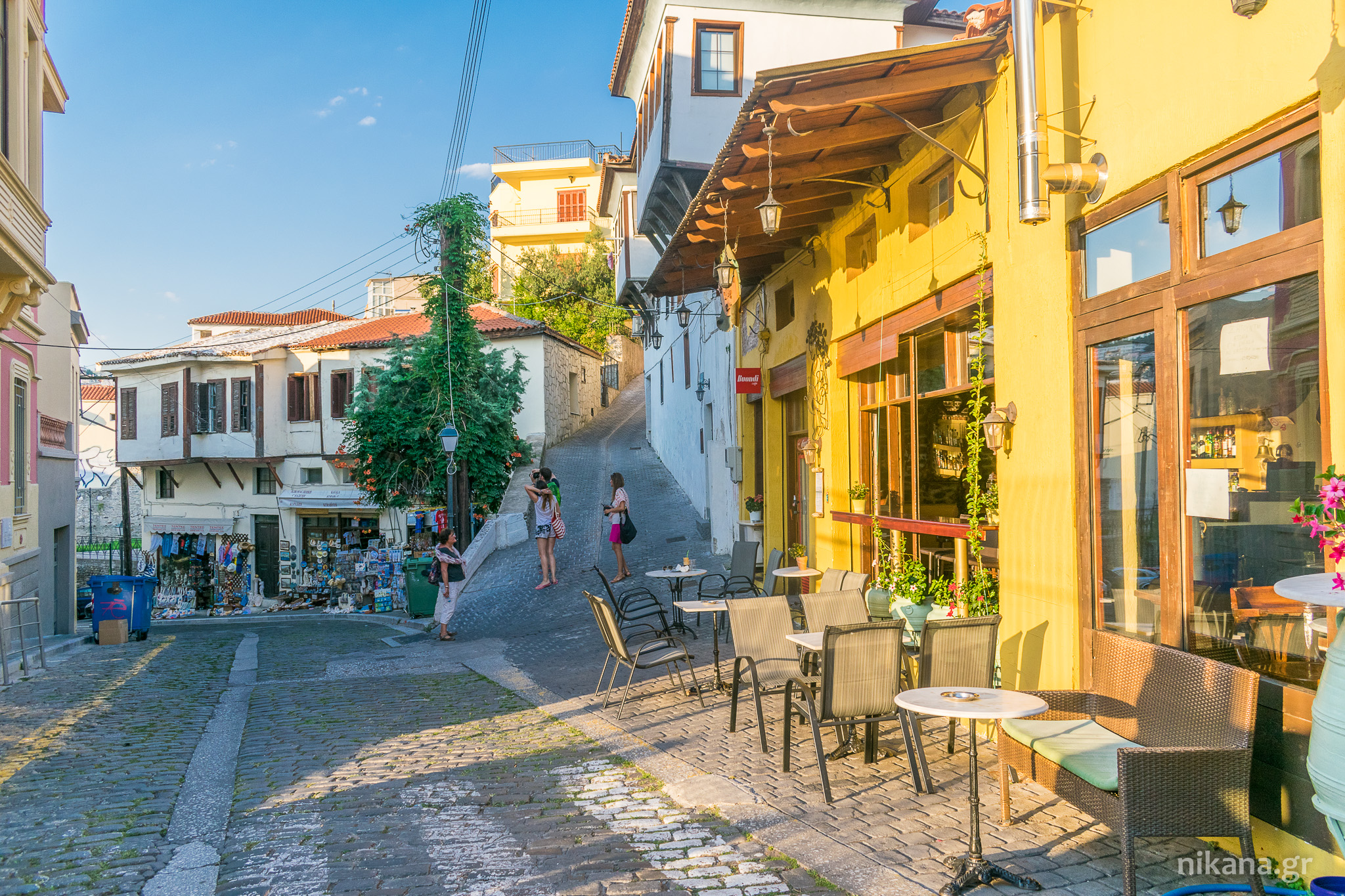
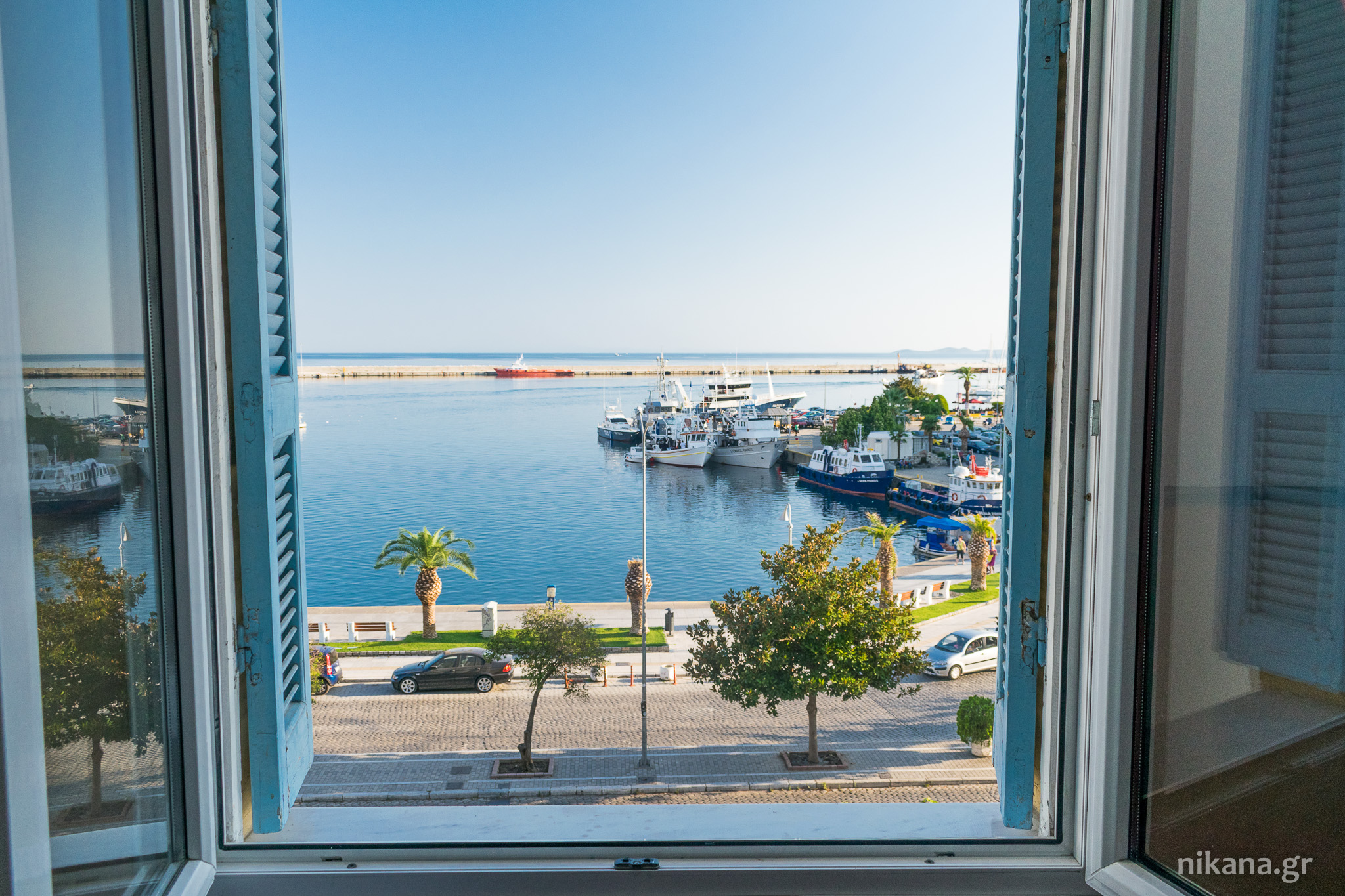
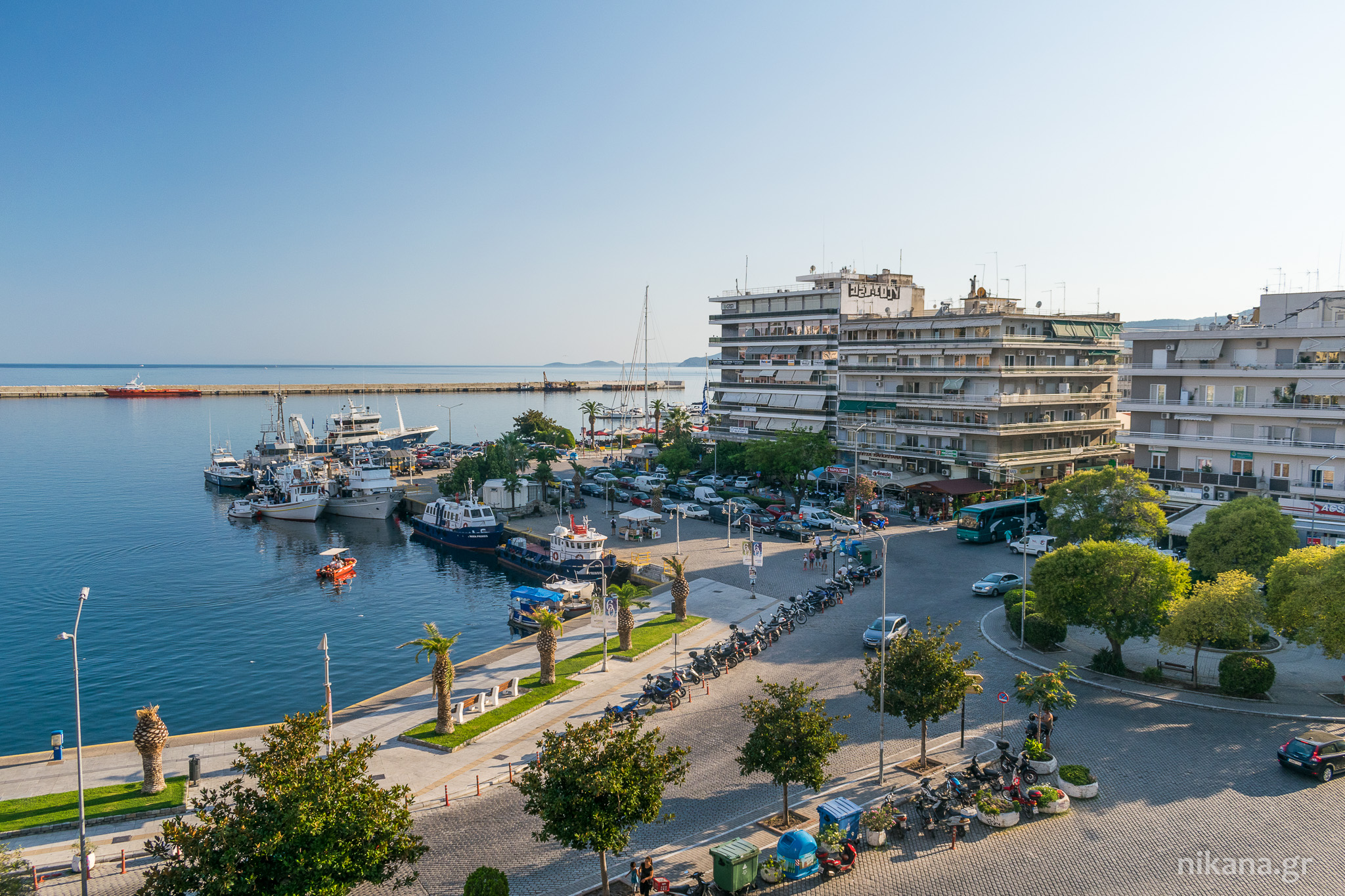
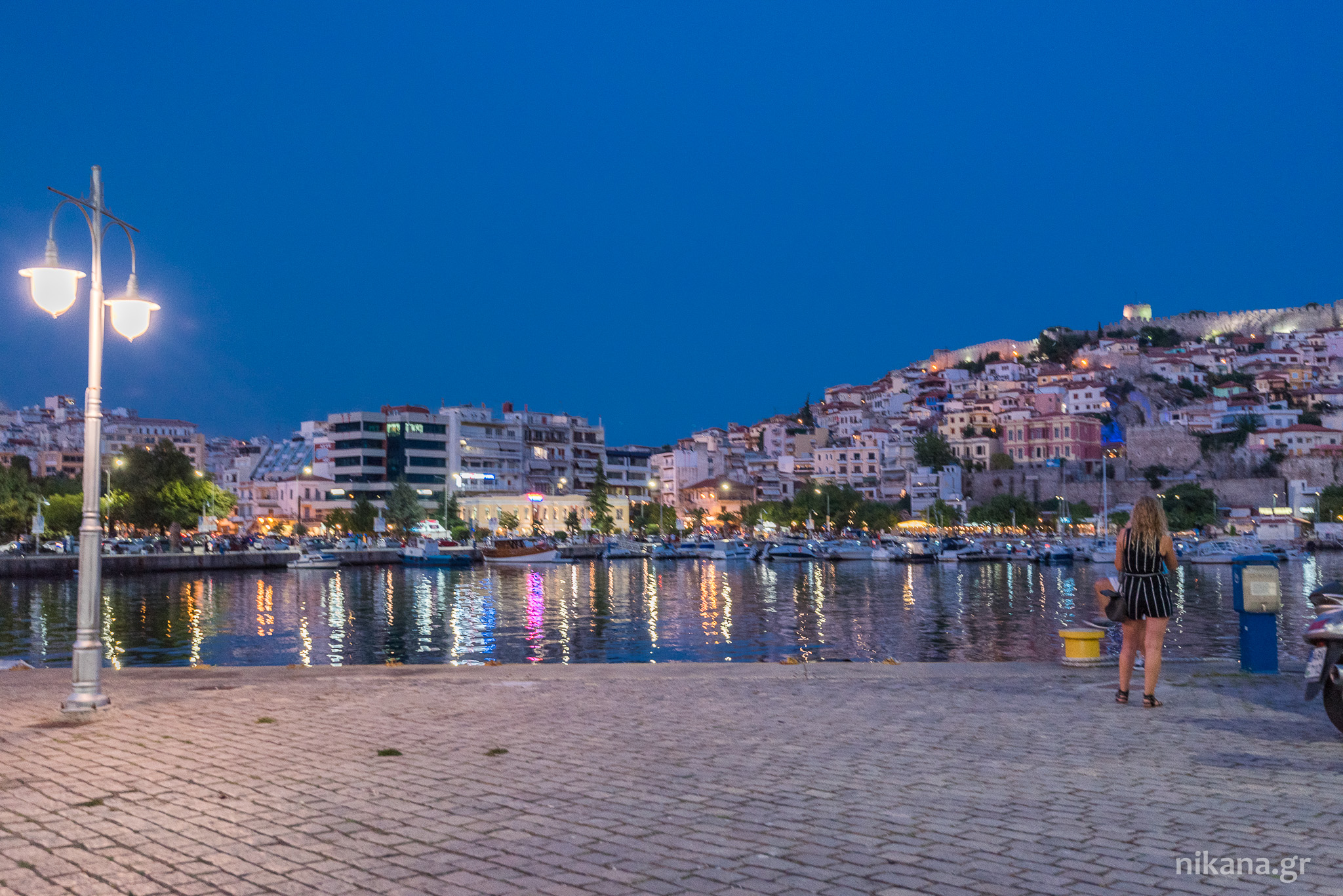
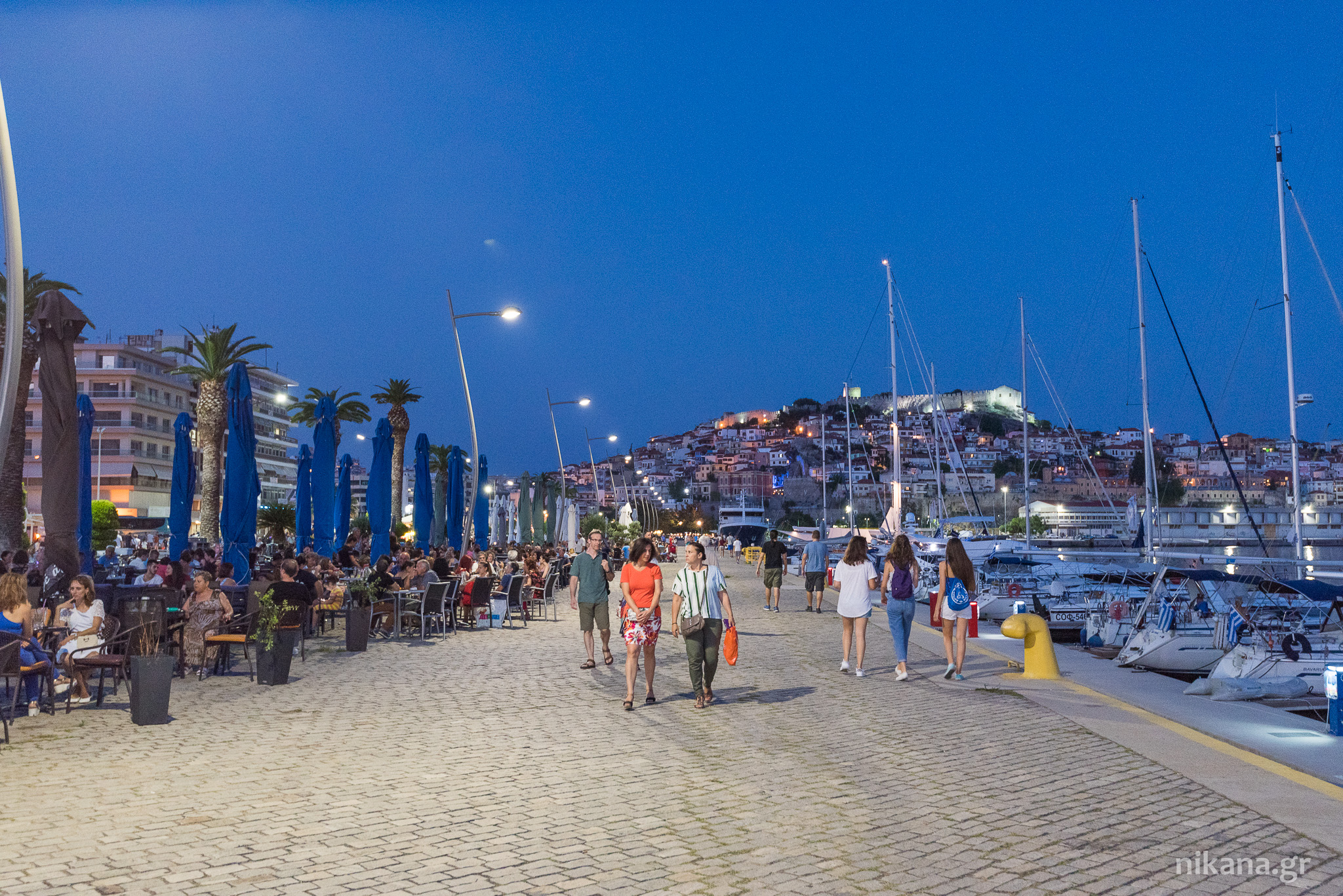
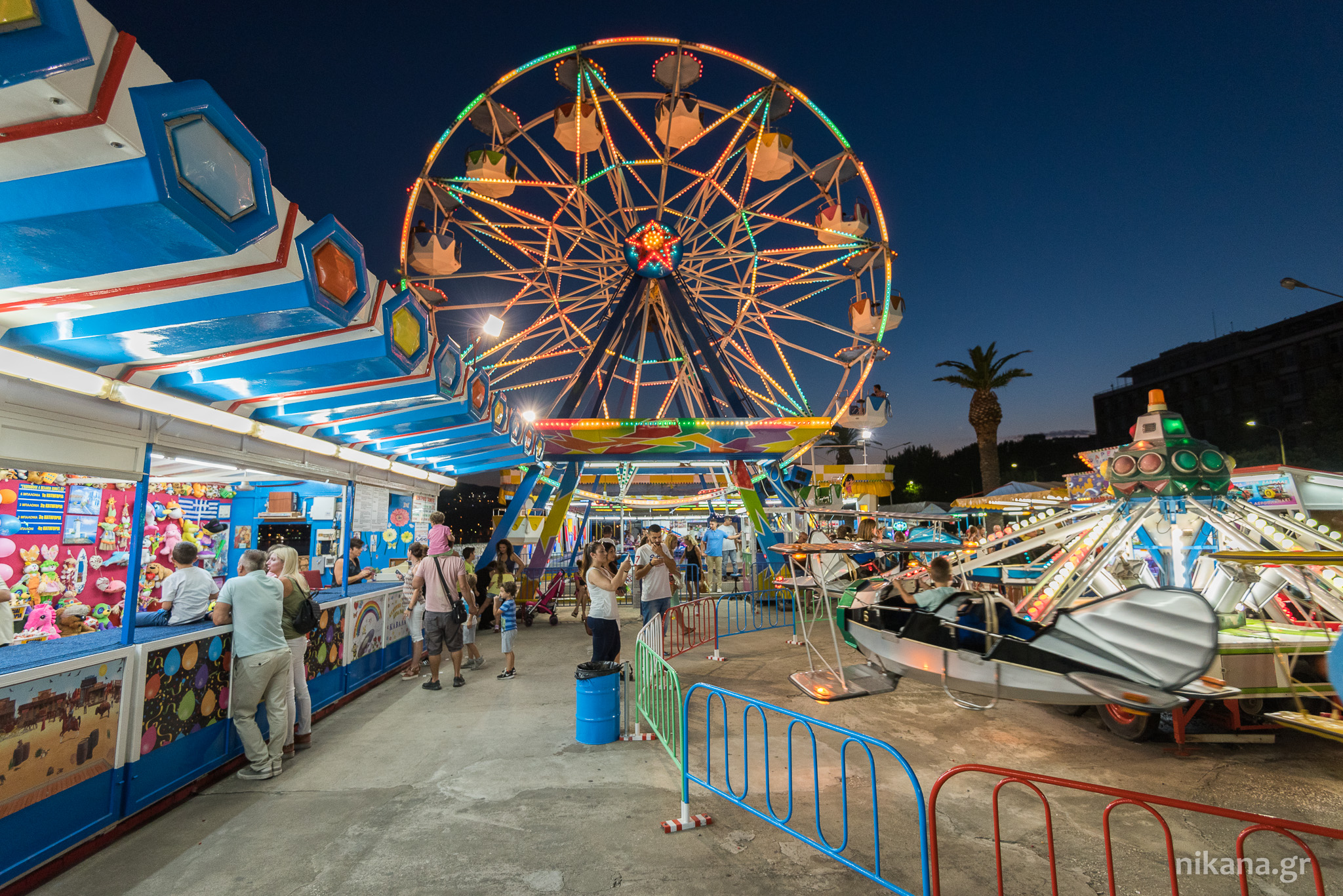
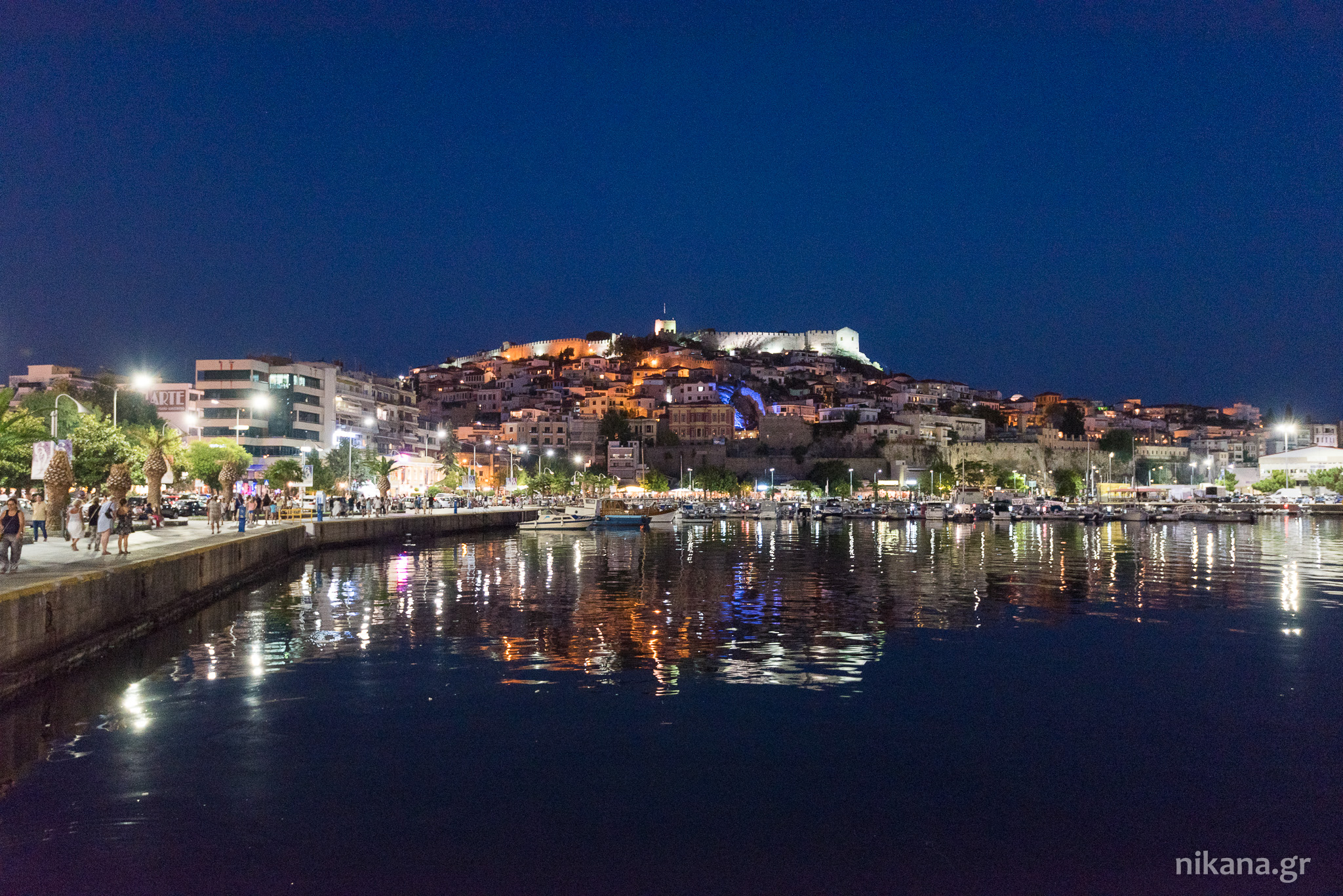
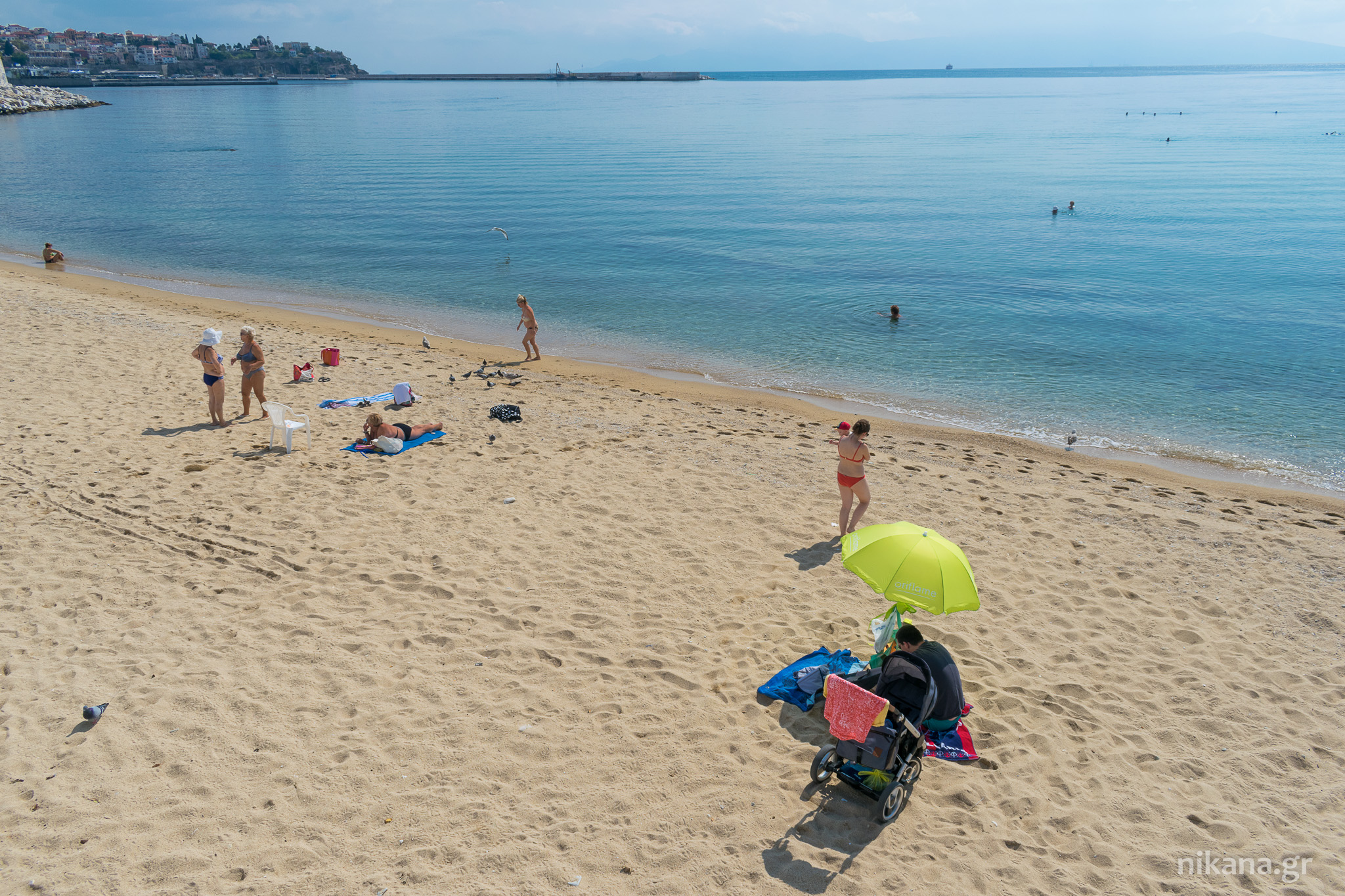
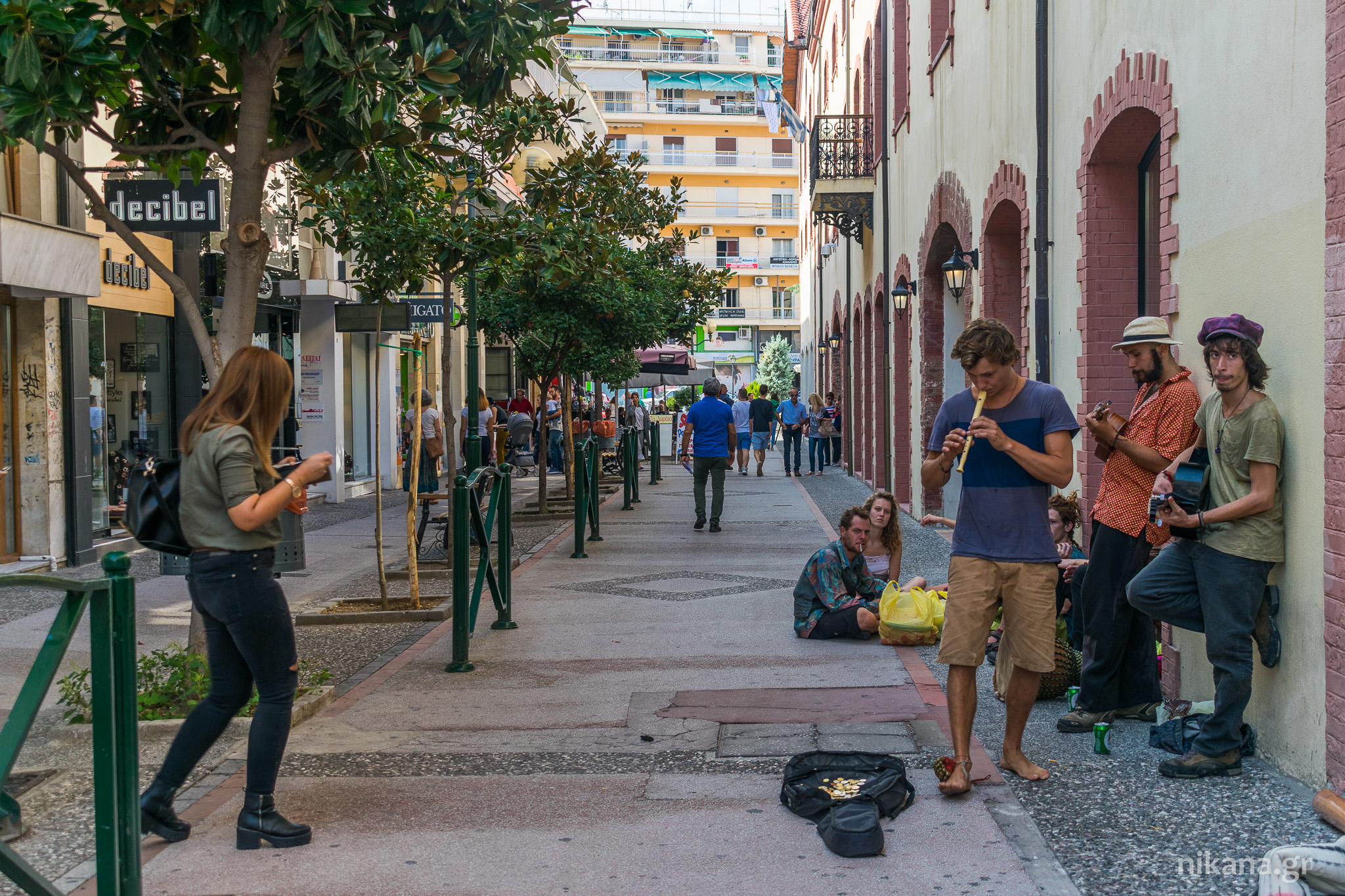
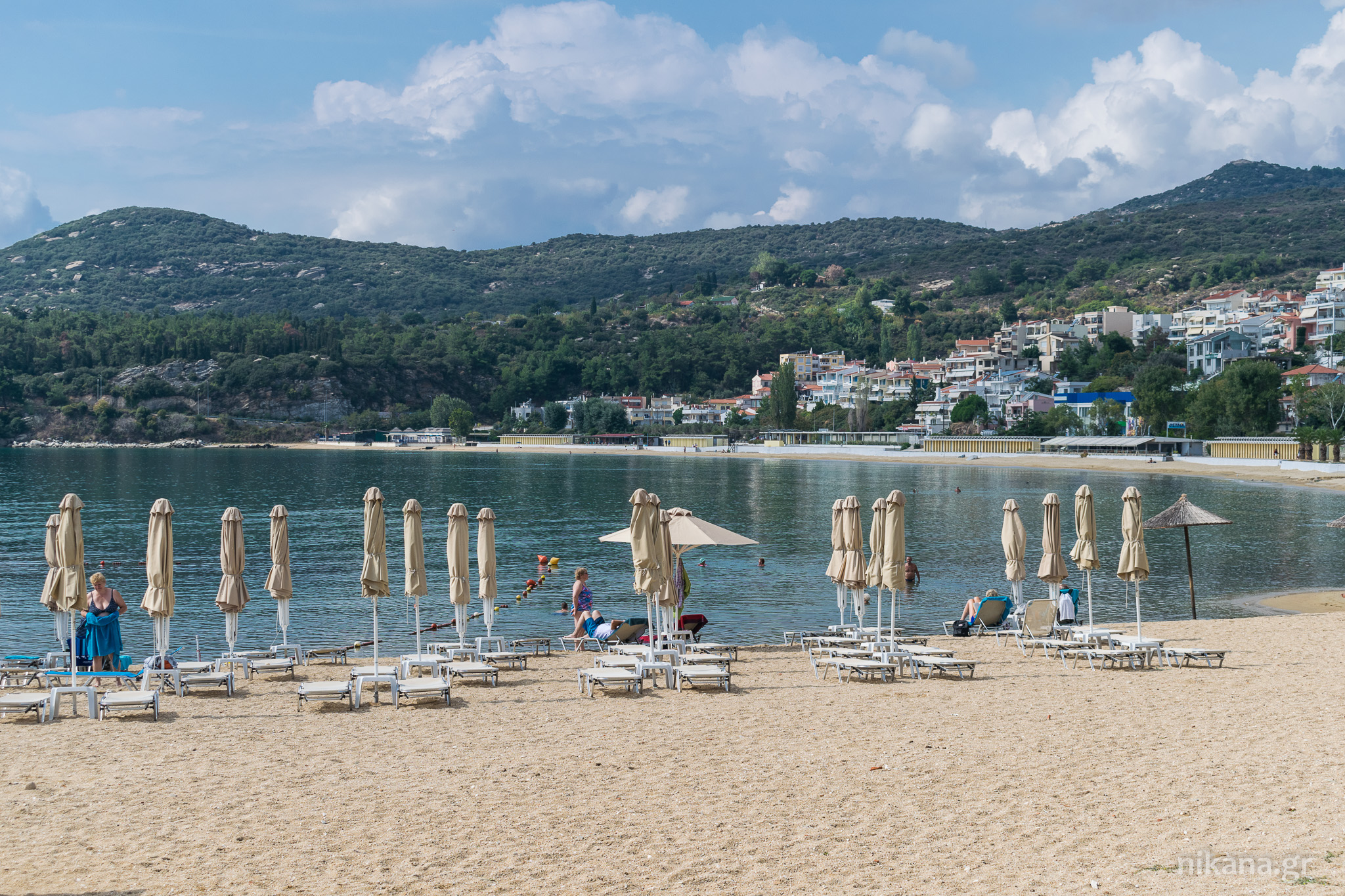
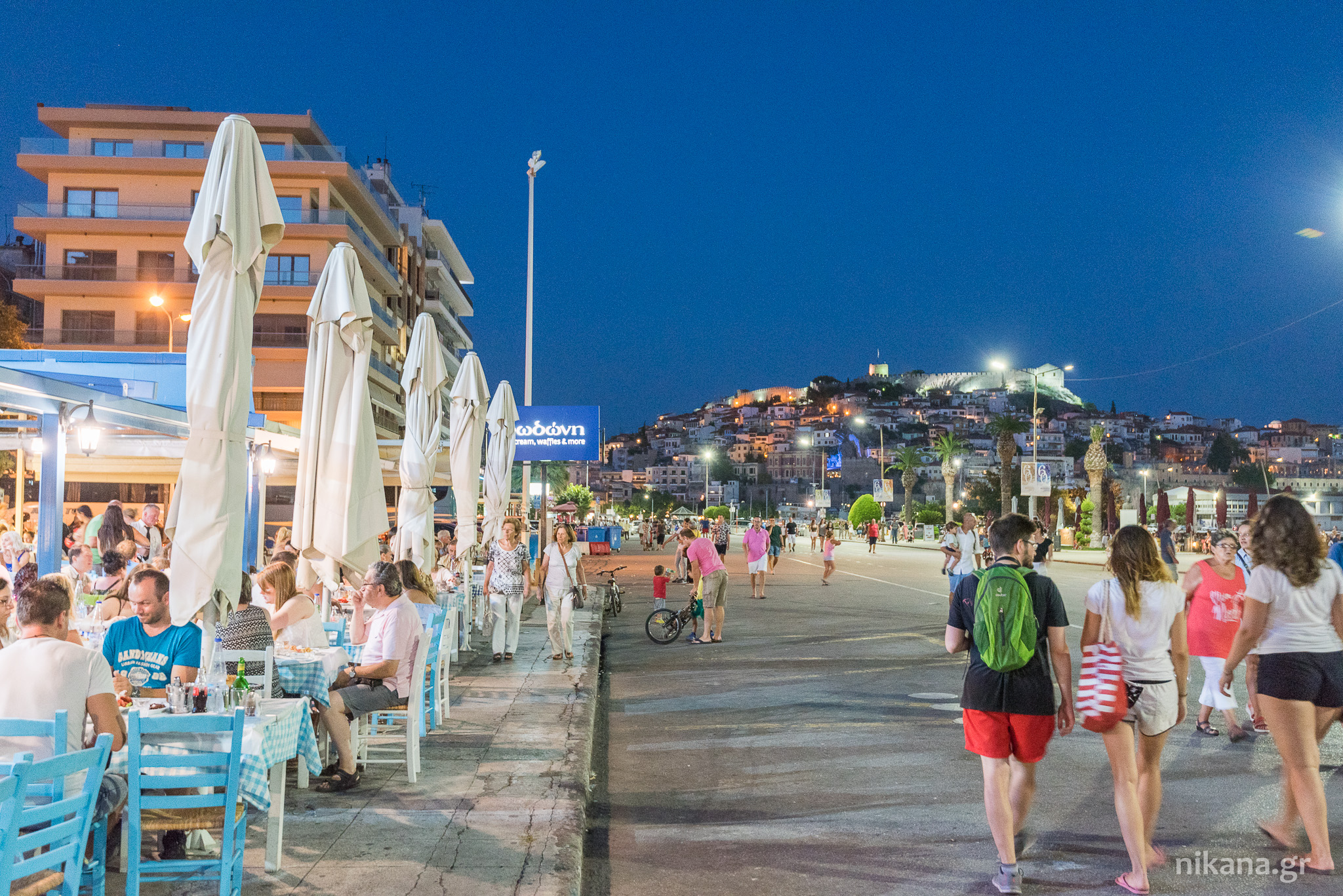
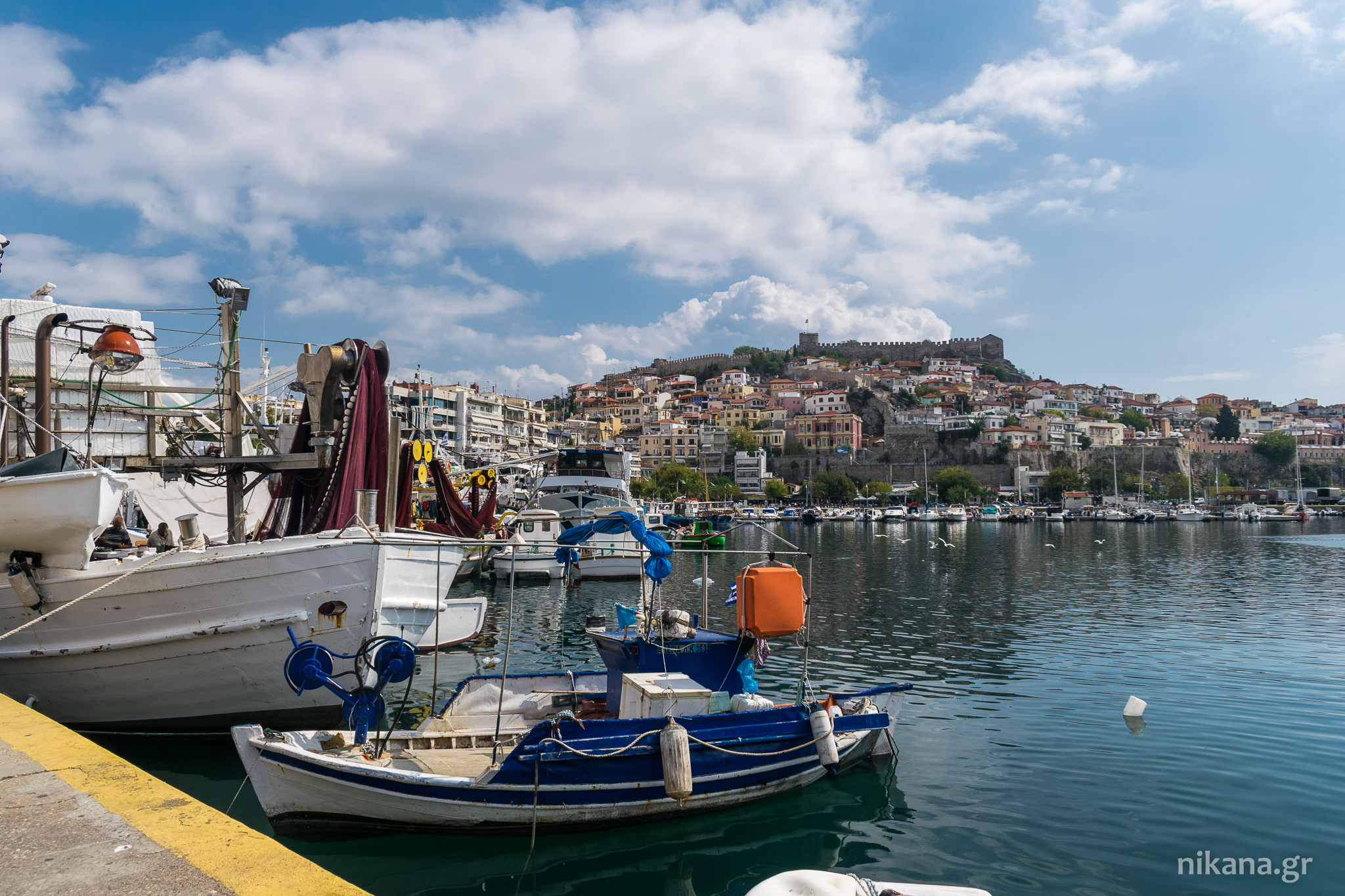






















Comment
Questions about accommodation
If you did not find the necessary information about accommodation in our description, ask a question in the comment field. We will send you the answer via email. To reserve accommodation in the desired period, fill out the inquiry here.